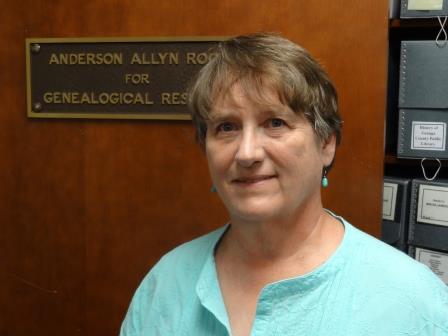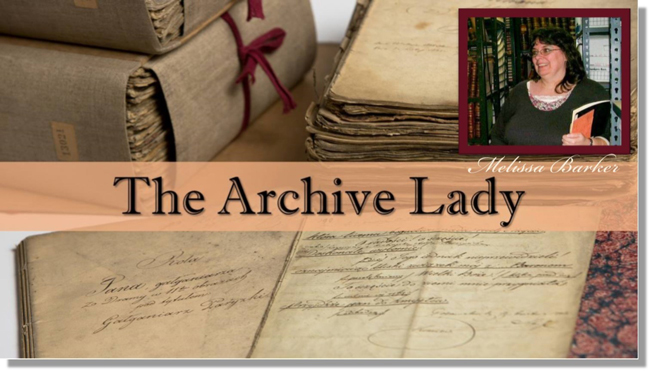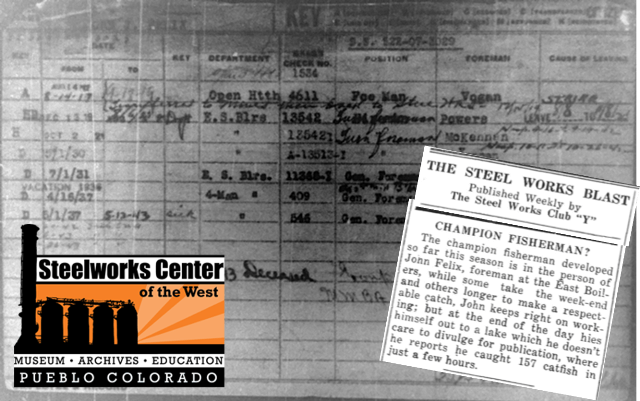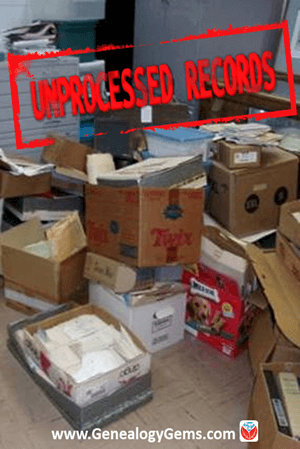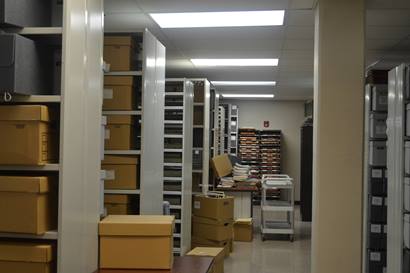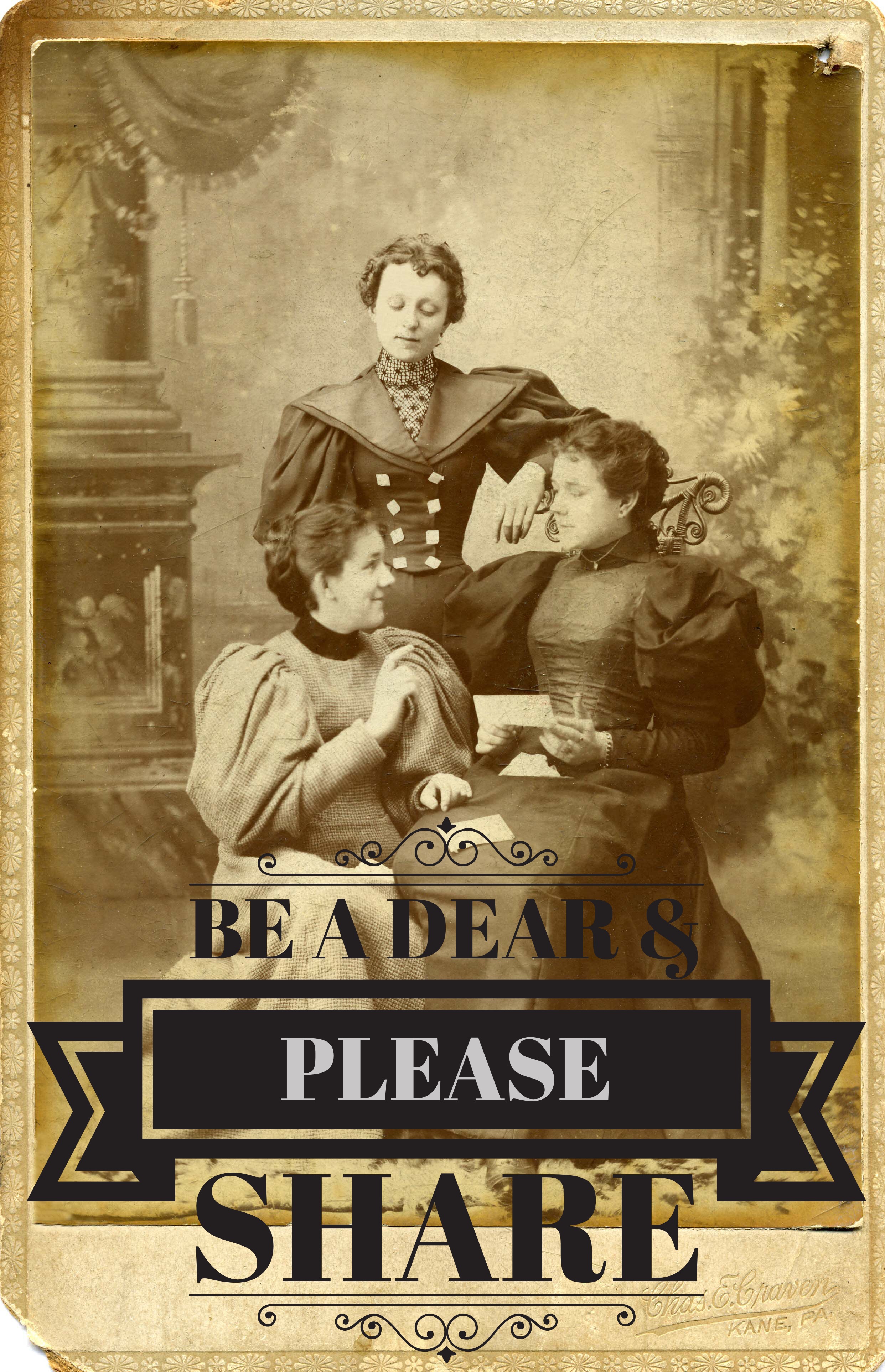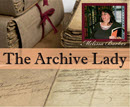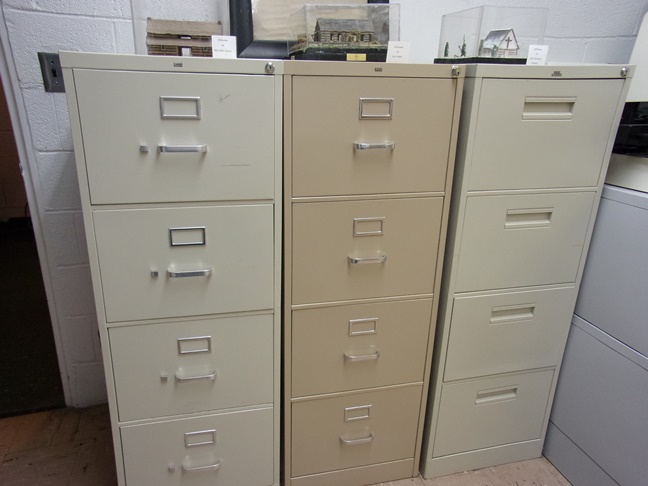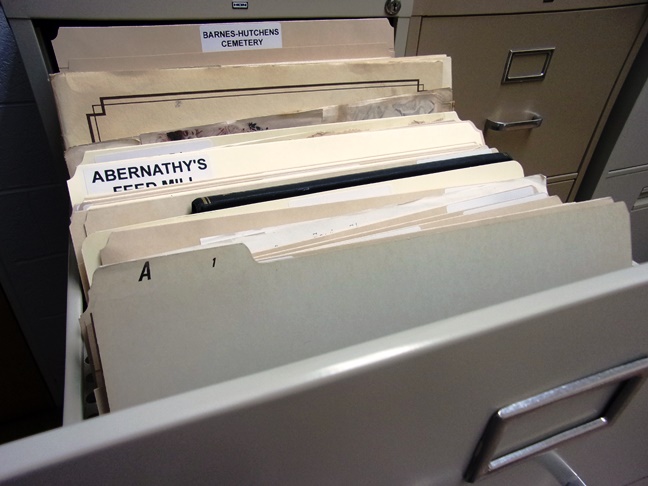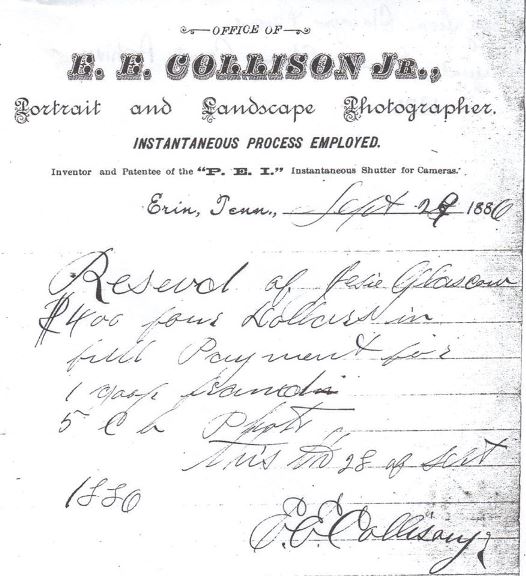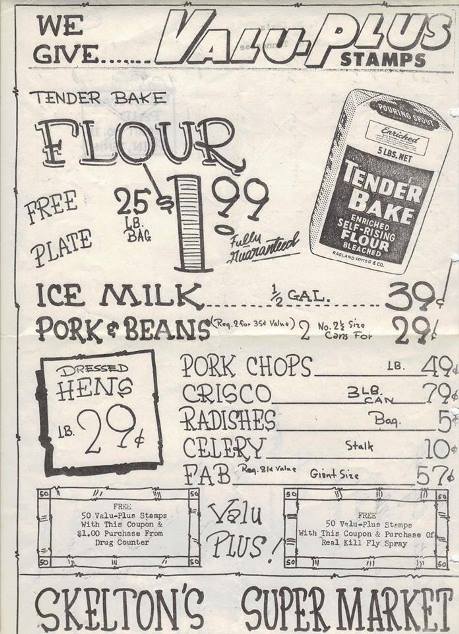by mbarker | May 21, 2018 | 01 What's New, Archive Lady |
Did you know that some museums also house archives? Yes, that’s right! Museums aren’t just for artifacts and historical objects. They sometimes house documents, photographs, and ephemera. Here’s how to learn about archives at your favorite museums (big or small) and how to gain access to archival material that may reveal your family history.
Many genealogists don’t know that many of our wonderful museums have both a “front room” and a “back room.” The front room is filled with displays and exhibits that we all love to walk through and see. There could be multiple rooms filled with artifacts on display in glass cases for the visitor to enjoy. But the back room is where the archived records are located. This back room is not seen by the public but most of the time, it is there. There are shelves filled with historical and genealogical records that the genealogist shouldn’t miss out on.
For instance, at the Lincoln Memorial University Museum in Harrogate, Tennessee, they have the second largest collection of Abraham Lincoln artifacts and memorabilia in the United States in their museum. They also have a back room filled with historical and genealogical records that genealogists can access for genealogy research!
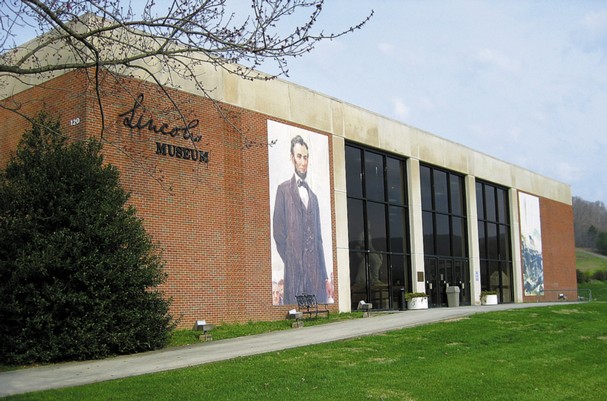
A fantastic find in a museum archive
Genealogy Gems Contributing Editor Sunny Morton shares this example of a family history treasure found buried in a museum’s archive:
“My mom Cheryl McClellan (a professional genealogy librarian who was interviewed by Lisa Louise Cooke in the Genealogy Gems Premium Podcast episode #125), visited the Steelworks Center of the West in Pueblo, Colorado with her siblings to get a better sense of the industry that employed her family there.
Imagine her glee when she discovered that the museum has an archive! According to its website, the collections include ‘over 100,000 photographs, more than 150 films, 30,000 maps and drawings, hundreds of ledgers, and internal publications such as Camp and Plant, The Industrial Bulletin, and The Blast. These are in addition to the core collection of approximately 6,000 cubic feet of records documenting CF&I’s steel production, iron and coal mining, geological records, labor relations, land and water resources, employee records, invoices and work orders, executive memoranda, correspondence, and much more, documenting every aspect of the company’s rich history.’
Unfortunately, my mom didn’t have time to stay and explore the archive in-depth. But she started corresponding with the archivist, who sent her priceless documents relating to her grandfather, John Felix. Among these was a copy of his original application for employment, his employee service record and a clipping from an employee newsletter about his exploits as a fisherman:
Sunny’s Mom: Cheryl McClellan,
Professional Genealogy Librarian
How to find museums with archives
You can look for museums with archives in them in a few different ways:
- When visiting a local museum, ask the curator or museum director if they have any records available for research in their collections.
- Go to the websites of museums–especially historical museums–you may have visited in the past. See whether they mention having an archive or research room.
- Google the name of your ancestor’s town (or a bigger city nearby), along with the state name, and add the search term museum.
- Contact a librarian, archivist, or the Chamber of Commerce in your ancestor’s town.
- Use the free website, ArchiveGrid, to locate archival collections at museums. On the home page, you’ll find a map that looks something like this:
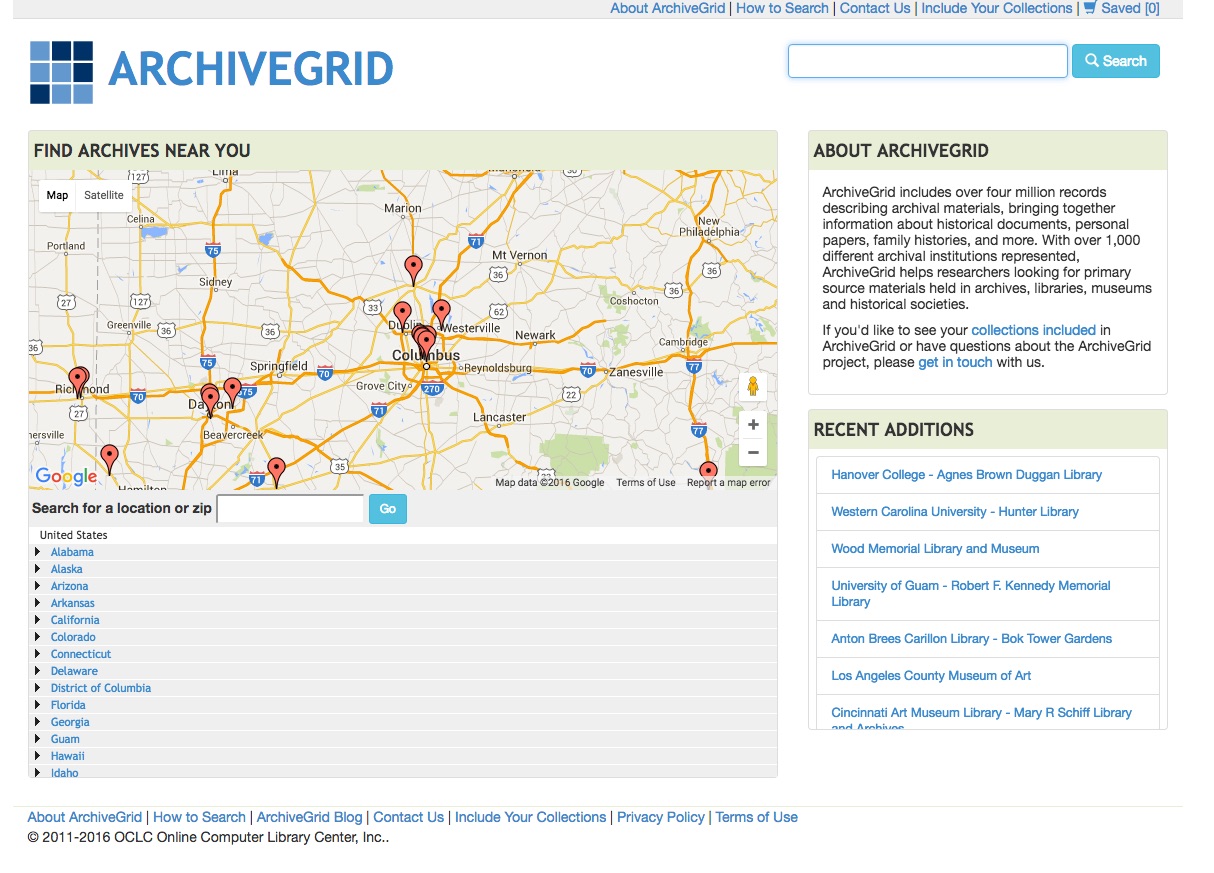
Use the map view to identify archival collections, some of which may be housed in museums, near your ancestors’ home. Hover over the red markers to see the names of institutions. Click on them to find contact information and search their collections. Once you have located the museum, contact them by phone or email and ask them about their archived records. If you can’t visit in person–or you can’t stay long enough to really search their collections–start corresponding with the archivist, as Sunny’s mom did. You may need to be patient: many archivists only work part-time and stay quite busy. But your patience may be rewarded beautifully!
As genealogists, we will search anywhere and everywhere for records about our ancestors to help tell their life story: archives, libraries, historical societies, genealogical societies, and museums! So, the next time you travel to where your ancestors came from, check and see if there is a museum. If there is one, stop by and ask if they have a “back room” with archived records. You just might be pleasantly surprised.
The Archive Lady Melissa Barker appears regularly on the Genealogy Gems Premium Podcast, available to Genealogy Gems Premium eLearning members. Internationally-renowned genealogy educator and podcast pioneer Lisa Louise Cooke hosts and produces the Premium Podcast, weaving together inspiring stories, research strategies and exclusive interviews. (You can also check out the free monthly Genealogy Gems Podcast, with over 2.5 million downloads worldwide and plenty of inspiration and information that can help your family history research.)
Melissa is a Certified Archives Records Manager, the Houston County, Tennessee Archivist and author of the popular blog A Genealogist in the Archives and an advice columnist. She has been researching her own family history for the past 27 years.
by mbarker | Mar 28, 2018 | 01 What's New, Archive Lady, Research Skills |
This isn’t a mess—it’s a pile of unprocessed records at an archive, and buried within may be clues about your family history. Eventually, these items may be filed away neatly for you to find. But how can you access them in the meantime?
As an archivist who works in an archive every day, I get very excited when someone walks through the door with a records donation in hand. Many of our archives would not have the genealogical and historical records they have without the generosity of others. Archives receive donations of documents, photographs, ephemera and artifacts—almost on a daily basis.
Unprocessed records at archives
Many archives have back rooms full of unprocessed and uncatalogued records collections. Sometimes they are even sitting in the original boxes they were donated. These records collections have not been microfilmed. They are not online anywhere. But they exist and the genealogist needs to seek them out.
If you have made a research trip to an archive, it wouldn’t hurt to ask about any new record donations or collections. There could very well be records in those boxes about your ancestors. The archivist should know what they have in those collections and should be able to help you decide if a particular collection will be of help to you and your genealogy research. The archivist might even let you look through a specific collection. (Be prepared: sometimes the answer will be no. But it doesn’t hurt to ask.)
If you are emailing or talking to the archives by phone, be sure and ask about any new records collections that have been processed or that have recently been donated and are waiting to be processed. Most likely, you will have to travel to the facility to see the records but you can get an idea of what is available.
Remember, the answer to your genealogical question could be sitting in a box of unprocessed records. I like to always encourage genealogists to put “unprocessed records” on their to-do list. As genealogists, we should leave no stone (or box of records) unturned.
Try these 3 steps for searching for unprocessed records at an archive
- Make a quick list of your ancestral surnames, time periods and places that might be mentioned in records a particular local or regional archive. Then add the names of local organizations with which your family may have been affiliated (schools, industries or businesses, churches, local militia units). Finally, jot down a few kinds of original records you’d love to find, such as photos, maps, news clippings, business or church records, militia rosters and the like.
- With this “wish list” in hand, look first for any processed records. Start at ArchiveGrid.org, an online catalog of collections at thousands of archives. Enter different combinations of your search terms as keywords. If you have a specific archive in mind that’s not coming up at ArchiveGrid, go to that archive’s website. Search any online catalog or digital finding aids (collection descriptions) with different combinations of your search terms. Or use Google site search to let Google help you look for your keywords across the entire site.
- If you don’t find what you’re looking for, call or email the archive. Mention that you’ve already searched online for items relating to your family. Ask whether they may have any additional items pertaining to your wish list (people, places, organizations, record types) that haven’t yet been processed or may not be on their website or in Archive Grid. Ask whether or when access might be available.
The Archive Lady
Melissa is a Certified Archives Records Manager, the Houston County, Tennessee Archivist and author of the popular blog A Genealogist in the Archives and an advice columnist. She has been researching her own family history for the past 27 years.
Images courtesy of Melissa Barker and Houston County, TN Archives.
by mbarker | Feb 7, 2018 | 01 What's New, Archive Lady, Archives
Vertical files in archives are like Forrest Gump’s proverbial box of chocolates: you never know what you’re going to get. The Archive Lady Melissa Barker shows us the fabulous genealogy finds that may be awaiting you in an archive somewhere. The family history you may find may be even sweeter than your favorite truffles.
In the movie Forrest Gump, the character Forrest Gump says: “Life is like a box of chocolates, you never know what you’re going to get.” In an archive, it can be said: “Vertical files are like a box of chocolates, you never know what you’re going to get.” So, what are vertical files?
Vertical files in archives
Vertical files (or subject files as they are sometimes called) can be found in most state and local archives, historical societies, genealogical societies, libraries and even in some museum collections.
Vertical files are a collection of documents and ephemera that are put in file folders which are then put in filing cabinets and cataloged by surname or subject. These files could contain just about anything that can fit into a file folder. Most archives will create an index by the title on each folder but most of the time what is inside of each folder is not cataloged. Vertical files are sometimes seen as a “catch-all” or a “hodgepodge” for all those documents that don’t really go anywhere else but should not be discarded.
Images courtesy of Melissa Barker and Houston County, TN Archives.
Most archivists file family group sheets and genealogical information that has been donated to the archives in vertical files. Other wonderful items found in vertical files could be compiled family histories, photographs, and even receipts like the one shown here for E.E. Collison Jr’s Portrait and Landscape Photography studio.
Images courtesy of Melissa Barker and Houston County, TN Archives.
One of the most popular genealogical items to find in vertical files is newspaper clippings. These clippings could be an obituary, a marriage announcement, a birth announcement or just about anything that has been clipped from the newspaper. Above is an example: an advertisement for Skelton’s Super Market.
Accessing and using vertical files in archives
When doing genealogy research in an archive, ask the archivist if they have vertical files. These collections of records could be very valuable for genealogy research. Some archives don’t always advertise that they have a collection of vertical files, so it’s important that the researcher ask the archivist specifically about this collection. Vertical files are usually stored in back rooms of the archives but the index is available at the archivist’s front desk or they could be on the in-house computer.
Once you have found what interests you in the index, you can request the files that you would like to investigate further. The archivist will retrieve them and bring them to you, sometimes only one or two files at a time. Once you have received the files, you can look at each item and make copies of what is of interest to you and your genealogy research. When you have finished with the file, give it back to the archivist who will then bring other files you have requested.
So next time you are researching at an archive, ask if they have vertical files! Like that box of chocolates,”you never know what you are going to get.”
The Archive Lady
Melissa is a Certified Archives Records Manager, the Houston County, Tennessee Archivist and author of the popular blog A Genealogist in the Archives and an advice columnist. She has been researching her own family history for the past 27 years.
by Lisa Cooke | Oct 25, 2017 | 01 What's New, Archive Lady |
What we expect to be found in an archive is documents, photos, memorabilia and other paper-based items. But the Archive Lady Melissa Barker’s list of “most unusual discoveries” reminds us to expect the unexpected in archival collections! Read about her top ten unique and exciting archive discoveries.

10 Unexpected Items I’ve Found in an Archive
Working in an archive everyday like I do in the Houston County, Tennessee Archives, you can come across some of the most interesting items! Here is a list of my top 10 discoveries.
1. Looney Money
This is money that was dispensed by a local business to their employees for wages. This money usually had the store or business name on it and the money could only be spent in the store or business.
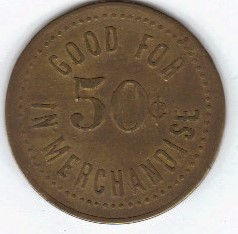
All images in this post courtesy of Melissa Barker and Houston County, TN Archives, except as noted.
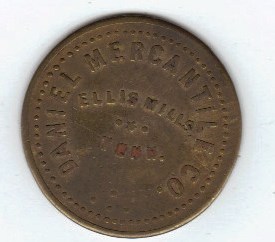
2. Straight Razor
While working on circuit court case packets, I ran across one for William Hughes who was charged with going armed with a straight razor in 1952. The actual straight razor was in the packet and just as sharp as it was back in 1952.
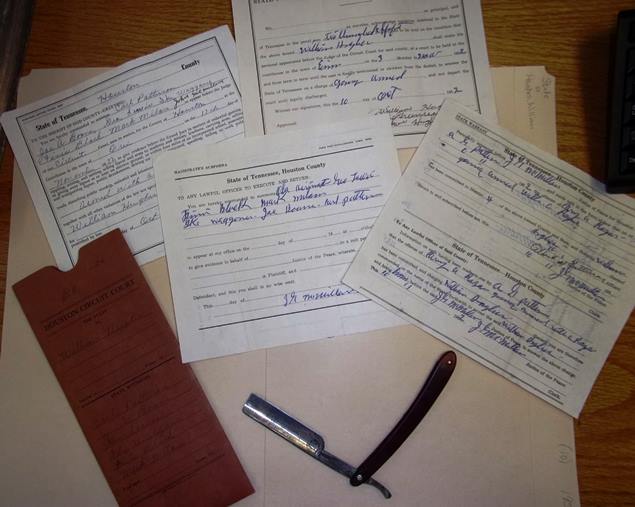
3. Fudge Pie Recipe (with a Voting Roster?!)
While processing a collection of voting and election records, I found a 1952 local city ballot that had a handwritten fudge pie recipe written on the back. I actually made the pie and it was wonderful!
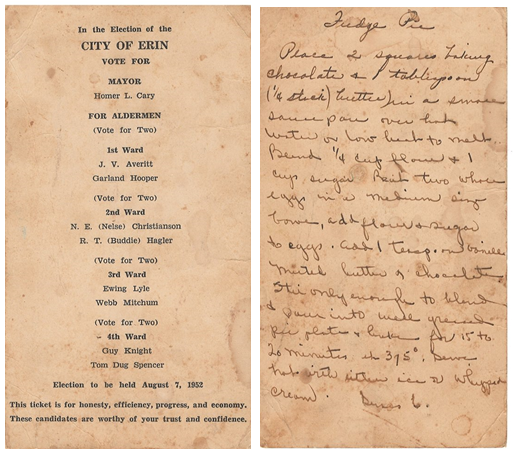
4. Lock of Hair
While processing a manuscript collection of various types of records, I found a lock of hair tied with a blue ribbon that was in perfect condition. The lock of hair was in a harmonica box and addressed to a gentleman and had been sent through the mail. So far we have not been able to determine whose lock of hair it is.
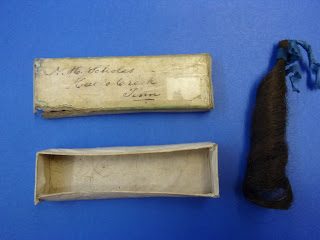
5. A 100-Year Old Vacuum Cleaner
Recently a man walked into the archives and donated a 100 year old vacuum cleaner. This vacuum cleaner is motorless and looks just like the Bissell vacuum cleaners you can buy today. The crazy thing is, it still works!
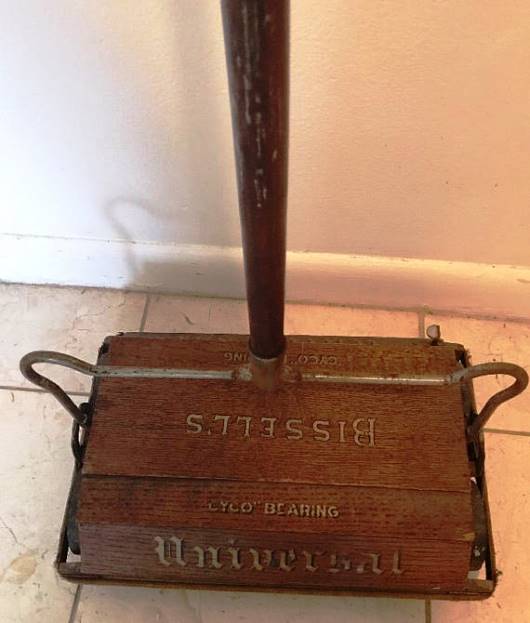
6. Snake Photo
Recently a patron donated an old photo album that had belonged to her Grandmother who had owned the local hotel back in the 1920s. The photo album included a photo of a lady holding a very, very large snake. There is a name of “Mille Viola” on the photo and it was taken at Kern Bros. Photographs in New York.
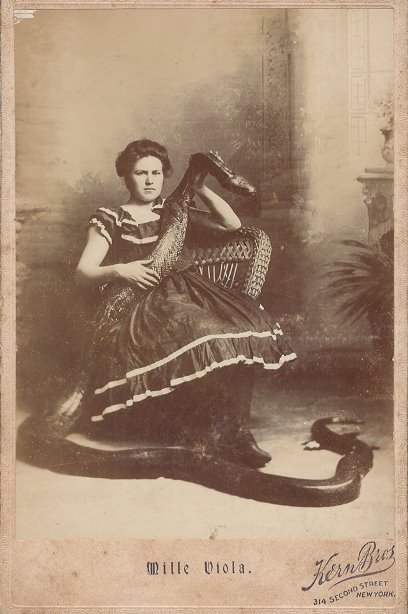
7. Moonshine
In the archives, we have come across a couple of examples of the moonshine trade. In our court records, there are numerous court cases about moonshiners. We also have several photographs of bottles of moonshine and stills. Seems it was very popular to take photographs of what the police had collected.
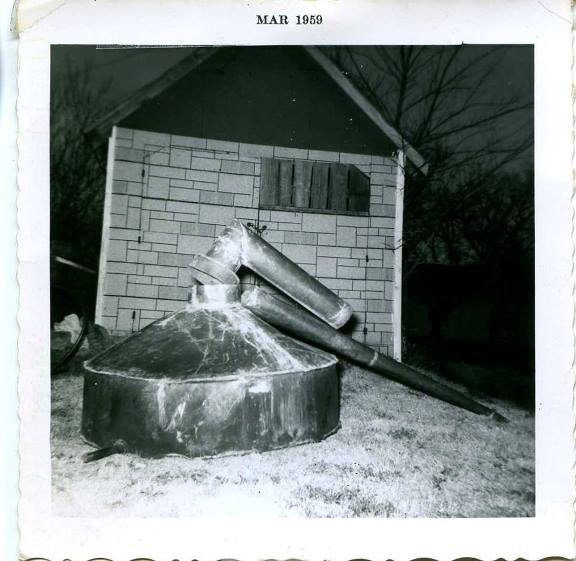
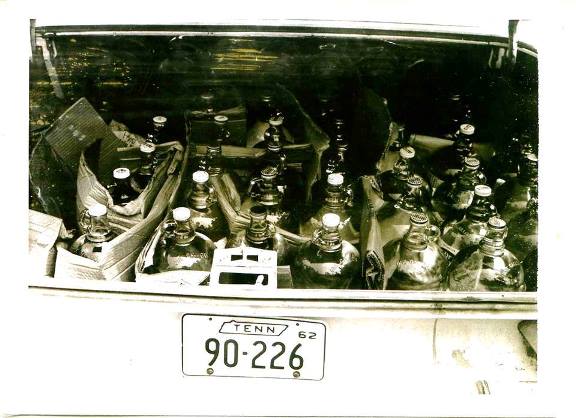
8. Grand Ole Opry
In one of the wonderful scrapbooks that we have at the Houston County, TN. Archives, there is an original 1943 Grand Ole Opry Ticket.
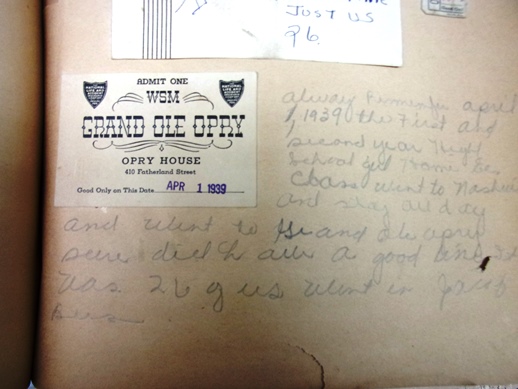
KODAK Digital Still Camera
9. Railroad Memorabilia
The railroad once went through many communities and areas including Houston County, TN. We have many items to help us remember the railroad, like railroad spikes, lanterns, and tools used to work on the railroad.
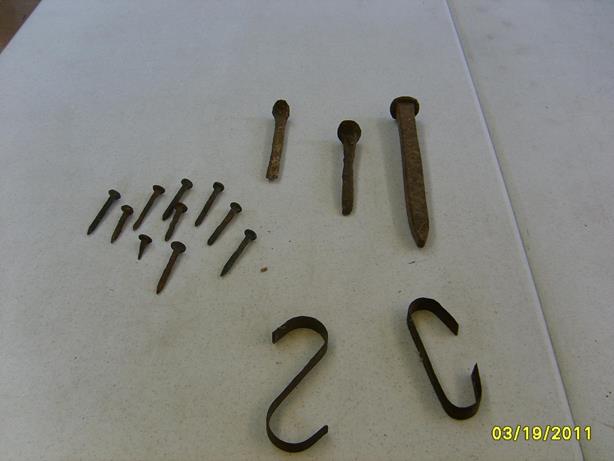
10. Dioramas
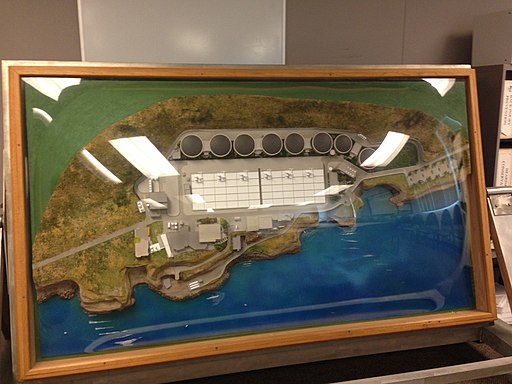
By Tracyleanne (Own work) [CC BY-SA 3.0 (https://creativecommons.org/licenses/by-sa/3.0)], via Wikimedia Commons. Click to view.
Melissa doesn’t have images of her dioramas–and every diorama is different–but here’s an example of a diorama of a wastewater treatment plant. (People create dioramas of diverse places, don’t they?)
What Have You Found in An Archive?
What treasures or unusual have you discovered in an archival collection? Tell us in the comments below!
